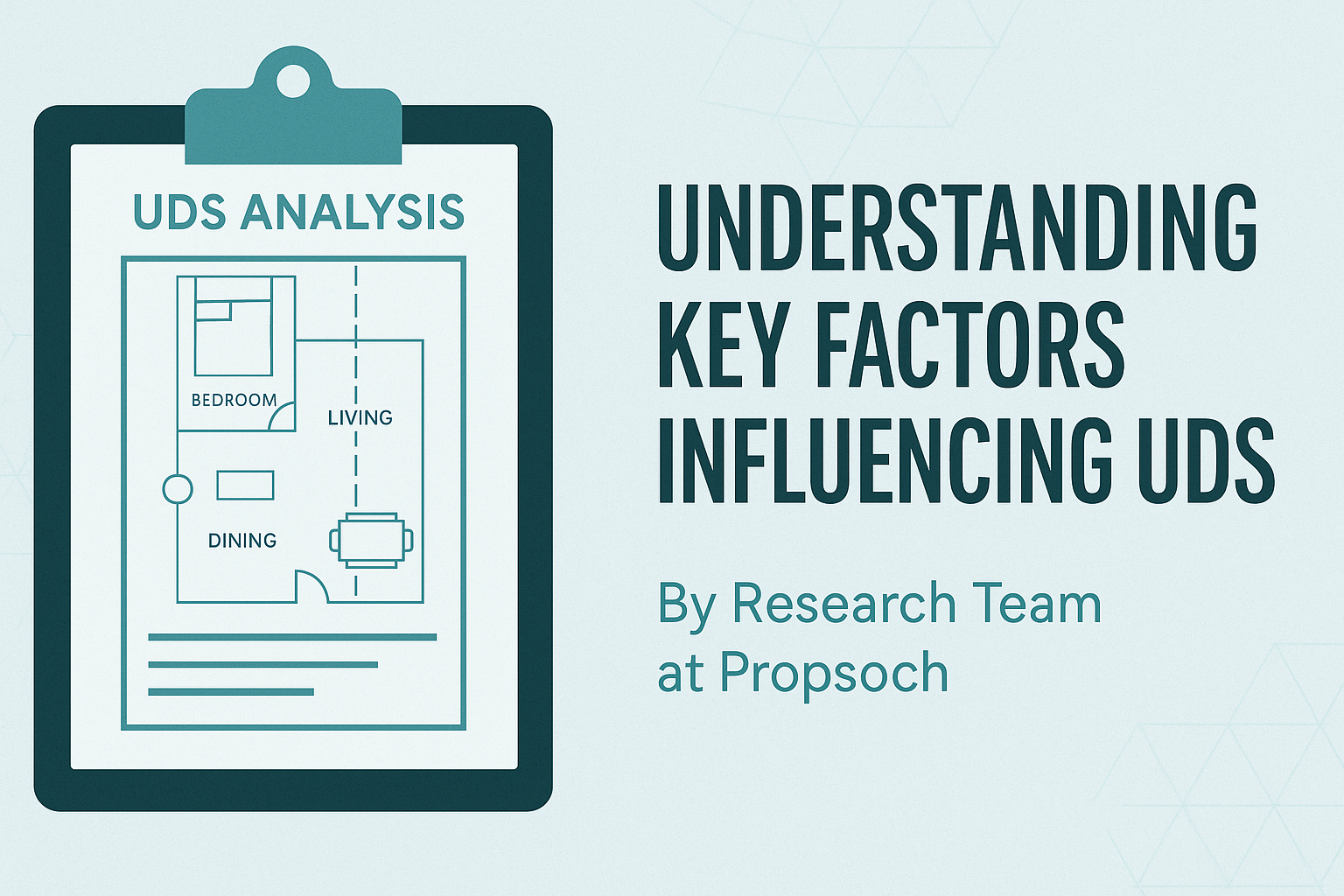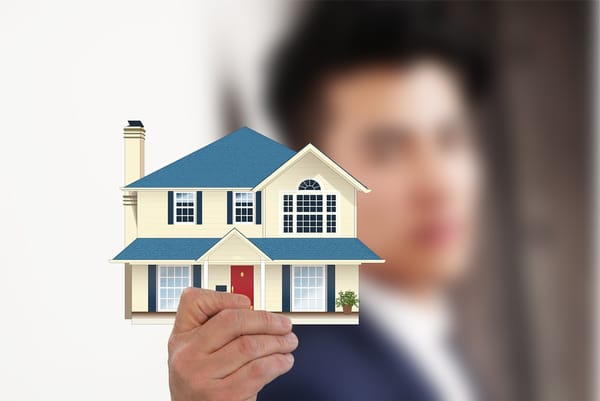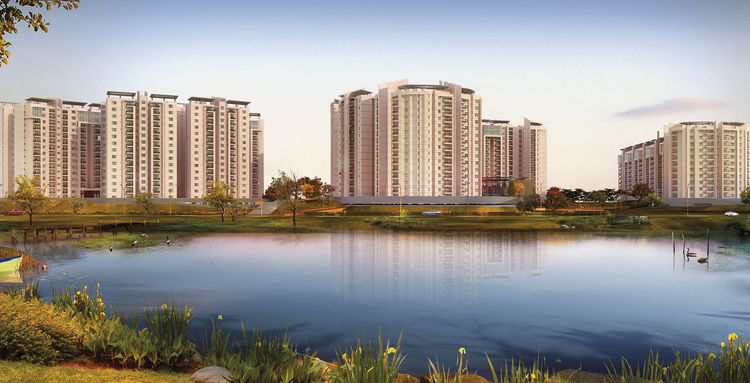Table of Contents
- Abstract
- Introduction
- Low Unit Density Does Not Always Mean High UDS%
- Impact of FAR on UDS%
- Saleable Area and UDS%
- Carpet Area Efficiency and Its Impact on UDS%
Abstract
This report examines the relationship between the undivided share of land (UDS%) and several key factors in real estate projects, including floor area ratio (FAR), unit density, saleable area, and carpet area efficiency. The study challenges the common assumption that low unit density always results in higher UDS%, revealing that other factors such as FAR and saleable area play a more significant role in determining the UDS percentage. Through regression analysis and scatter plots, the report explores these relationships and offers insights into how these factors interact to influence UDS%. The study is based on an analysis of 100 real estate projects in Bangalore, providing a comprehensive dataset to better understand the dynamics of UDS allocation in modern real estate developments.
Introduction
In real estate, the Undivided Share of Land (UDS%) is a critical measure of the amount of land allocated to each unit in a project. Traditional thinking suggests that low unit density should result in a higher UDS%, but our analysis reveals that this is not always the case. This report investigates the influence of key factors such as floor area ratio (FAR), carpet area efficiency, and saleable area on UDS%.
To offer a reliable and realistic analysis, the study is based on a set of 100 real estate projects located in Bangalore, one of India’s most dynamic real estate markets. These projects were carefully selected to represent a variety of project sizes, developer grades, and unit densities. The average size of the projects studied spans from small residential buildings to large-scale multi-building developments, with an average number of units per project ranging from 200 to over 1500 units. The developers in this study represent a mix of Grade A, B, and C grade developers, offering insights into how developer quality and project scale influence the UDS percentage.
The findings in this report provide a deeper understanding of the complex relationships between these factors and their combined impact on UDS%, helping developers, investors, and homebuyers make more informed decisions when assessing land share allocations in real estate developments.
Low Unit Density Does Not Always Mean High UDS%
A common assumption in real estate is that projects with high density always lead to a lower undivided share of land (UDS). Based on Propsoch’s research across 100 projects in Bengaluru, high density can provide a lower UDS% on Super Built-up; it is not a guaranteed outcome. After analysing a few high-density projects, 65% of them offered UDS% higher than the market average. This highlights the complexity of the relationship between unit density and UDS% on Super Built-up Area.
Hence, other factors such as floor area ratio (FAR) and carpet area efficiency influence UDS% significantly.
The important thing to notice here is we are talking in terms of UDS percentage, not UDS area in Sqft. Also, the reason why UDS in sqft goes up with lower density projects.
Impact of FAR on UDS%
The Floor Area Ratio (FAR) is a critical metric in urban development, determining how much built-up area can be constructed on a given land parcel. The below analysis shows that FAR has an inverse relationship with UDS% on Super- Built Up Area.
The regression analysis indicates that as FAR increases, the average UDS percentage tends to decrease.
Specifically, the regression slope reveals that for every unit increase in FAR, the average UDS percentage on Super Built-up area decreases.
This suggests that projects with higher FAR (more built-up area relative to the land) provide lower UDS%, as the share of land per unit decreases when more units are built on the same plot.
Saleable Area and with UDS%
Saleable area refers to the total area that can be sold to the end-user, including carpet area and other usable spaces.
The analysis reveals a strong positive correlation between salable area and UDS%. The analysis, shows that for each increase in average saleable area, there is a corresponding increase in the UDS %.
After FAR, as UDS is calculated on Super Built-up area for the subject unit, the more the Super Built-up area of your unit in the project, the more UDS will be allotted.
Similarly, when a comparable study was conducted for built-up area (it is an area of a unit including the walls, internal partitions, balconies, and any other enclosed spaces), a similar trend was observed, where larger built-up areas also correlated with higher UDS. This reinforces the idea that as the overall area of a unit increases—whether it's the saleable area or the built-up area—the UDS percentage allotted to the unit increases proportionately.
Carpet Area Efficiency and Its Impact on UDS%
The carpet area efficiency, which is the ratio of usable space within a unit relative to the total saleable area, has a slight inverse correlation with UDS%.
Here, it is seen that as carpet area efficiency increases, the UDS percentage on carpet area decreases. The scatter plot and regression analysis both confirm this relationship, with the regression line displaying a downward slope.
This suggests that projects with higher carpet area efficiency (i.e., more usable space within a given floor area) are likely to give lower UDS%. If a developer has a higher carpet area efficiency, the UDS as a % of the carpet area will go down, which actually doesn't logically make sense. But the reason for this is that the denominator (carpet area efficiency) goes up, resulting in a lower UDS%. This should not be a concern for homebuyers at all.
Lastly, when UDS offered by different developers were taken into consideration, it was found that projects developed by Grade A & D developers generally have higher UDS percentages.
Grade B and C developers typically exhibit a wider variation in UDS percentages, with some low and others high.
*Calculated on Super Built-up area.
Conclusion
While undivided share of land (UDS) is important in real estate because it defines your legal ownership of a portion of the land beneath a multi-unit building. It impacts various aspects like ownership rights, legal entity, common amenities, property value, and redevelopment rights. But it alone is not enough to decide on which property to buy. The other factors, which are equally important to consider include FAR, carpet area efficiency, and salable area when assessing UDS percentages
FAR significantly affects UDS%, with higher FAR generally leading to lower UDS%. By considering all these factors, developers and buyers can make more informed decisions.
At Propsoch, we understand how overwhelming it can be to sift through these variables. That's why our Guided Homebuying Service provides you personalized insights that take all of these factors into account, so you can feel confident that you’re making the best decision for your future.
Book your appointment today and take the first step towards making your homebuying experience smoother, smarter and stress-free.









